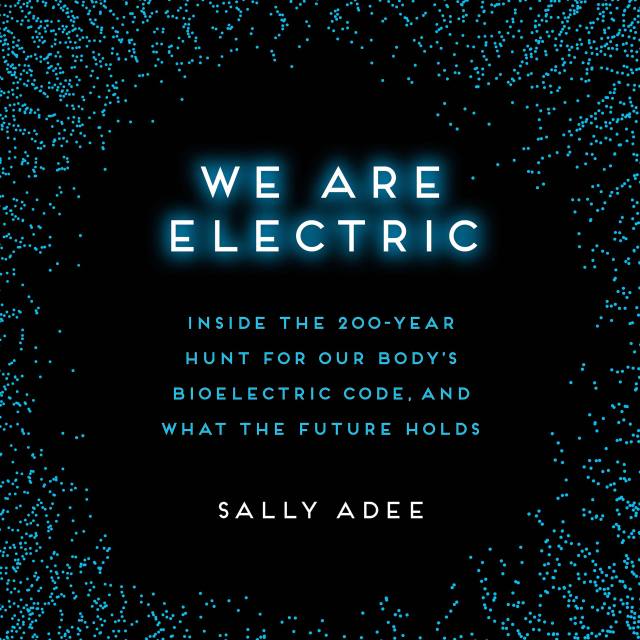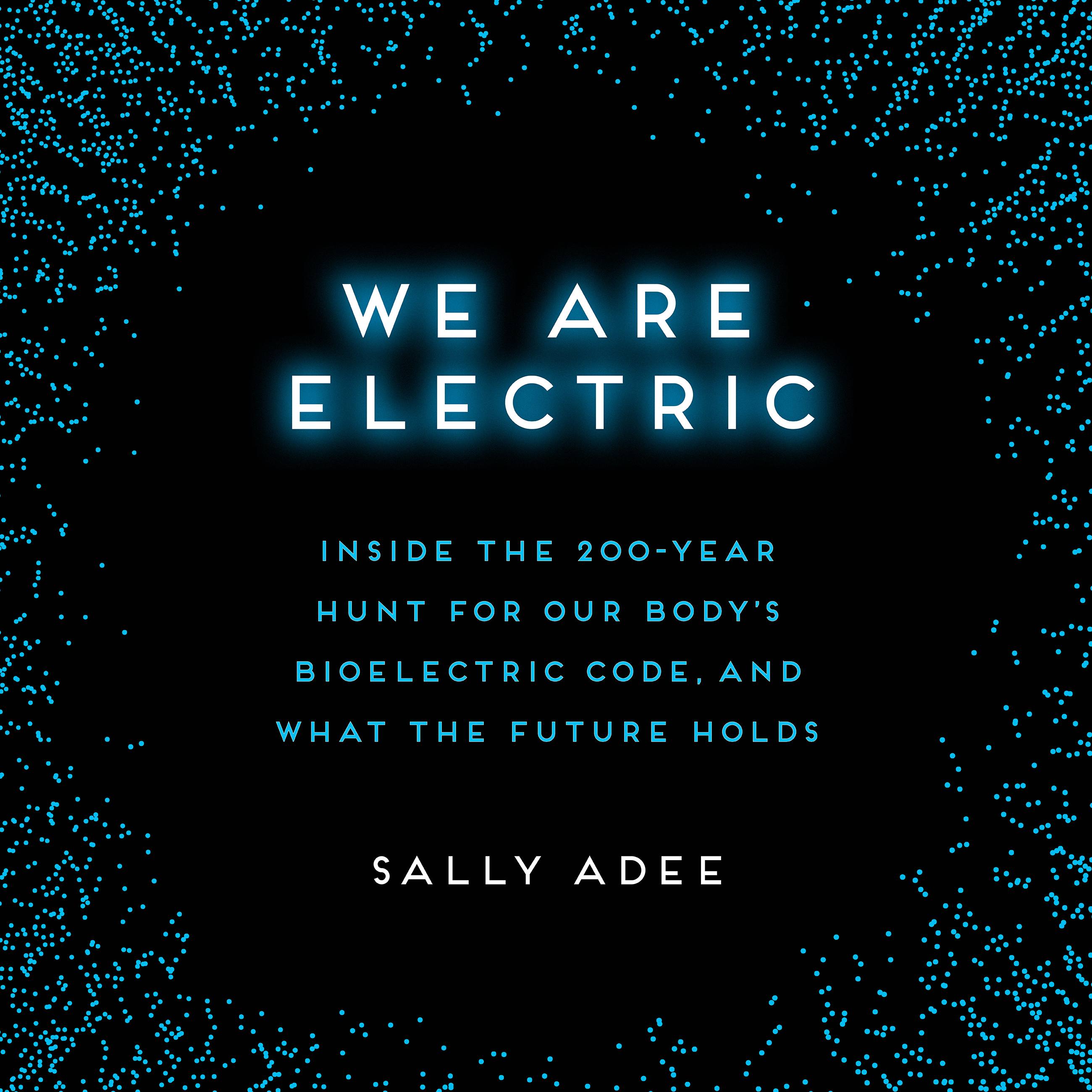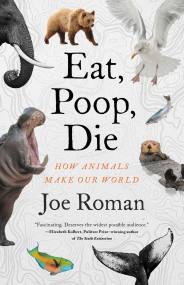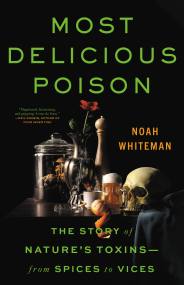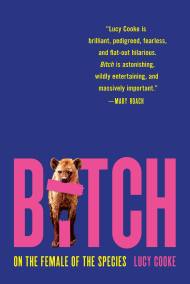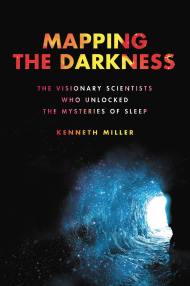We Are Electric
Inside the 200-Year Hunt for Our Body's Bioelectric Code, and What the Future Holds
Contributors
By Sally Adee
Read by Sally Adee
Formats and Prices
Price
$27.99Format
Format:
- Audiobook Download (Unabridged) $27.99
- ebook $15.99 $20.99 CAD
- Hardcover $30.00 $38.00 CAD
- Trade Paperback $19.99 $25.99 CAD
Also available from:
You may be familiar with the idea of our body's biome: the bacterial fauna that populate our gut and can so profoundly affect our health. In We Are Electric we cross into new scientific understanding: discovering your body's electrome.
Every cell in our bodies—bones, skin, nerves, muscle—has a voltage, like a tiny battery. It is the reason our brain can send signals to the rest of our body, how we develop in the womb, and why our body knows to heal itself from injury. When bioelectricity goes awry, illness, deformity, and cancer can result. But if we can control or correct this bioelectricity, the implications for our health are remarkable: an undo switch for cancer that could flip malignant cells back into healthy ones; the ability to regenerate cells, organs, even limbs; to slow aging and so much more. The next scientific frontier might be decrypting the bioelectric code, much the way we did the genetic code.
Yet the field is still emerging from two centuries of skepticism and entanglement with medical quackery, all stemming from an 18th-century scientific war about the nature of electricity between Luigi Galvani (father of bioelectricity, famous for shocking frogs) and Alessandro Volta (inventor of the battery).
In We Are Electric, award-winning science writer Sally Adee takes readers through the thrilling history of bioelectricity and into the future: from the Victorian medical charlatans claiming to use electricity to cure everything from paralysis to diarrhea, to the advances helped along by the giant axons of squids, and finally to the brain implants and electric drugs that await us—and the moral implications therein.
The bioelectric revolution starts here.
Genre:
-
"Sally Adee manages that most difficult feat in science writing: taking a subject you didn’t know you cared about and making it genuinely fascinating and exciting. The ‘ohmigod-that’s-so-cool’ moments come thick and fast as she brings the science up to date, investigating today’s cutting edge and what the future may hold for bioelectric medicine. It’s a vast and hugely exciting area of scientific research, shared with infectious enthusiasm, a real depth of knowledge, a smart and funny turn of phrase. You’ll never think of life in the same way again."Caroline Williams, author of Move!: The New Science of Body Over Mind
-
"A revelatory survey of bioelectricity...[Adee] masterfully shows the implications of new discoveries and spotlights where the science doesn’t add up....With lucid explanations and fascinating anecdotes, Adee is the perfect guide to this hidden realm. Pop science fans, take note."Publishers Weekly (starred review)
- On Sale
- Feb 28, 2023
- Publisher
- Hachette Audio
- ISBN-13
- 9781668621509
Newsletter Signup
By clicking ‘Sign Up,’ I acknowledge that I have read and agree to Hachette Book Group’s Privacy Policy and Terms of Use
